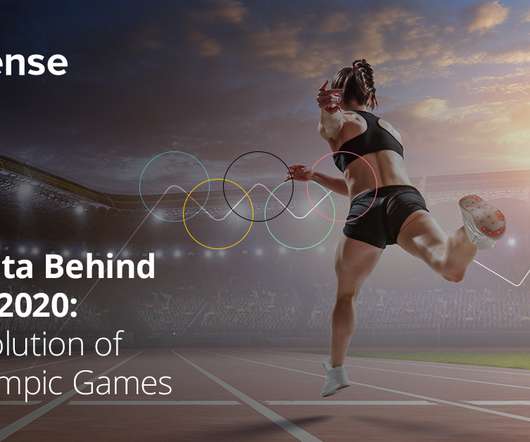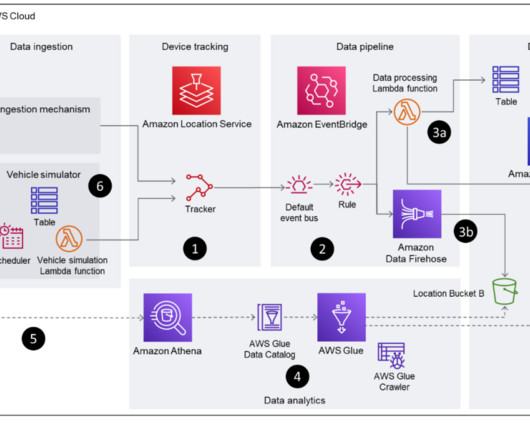Glossary of Digital Terminology for Career Relevance
Rocket-Powered Data Science
JULY 7, 2019
Such approaches can enable more accurate and faster modeling and analysis of the characteristics and behaviors of a system and can exploit data in intelligent ways to convert them to new capabilities, including decision support systems with the accuracy of full scale modeling, efficient data collection, management, and data mining.















Let's personalize your content